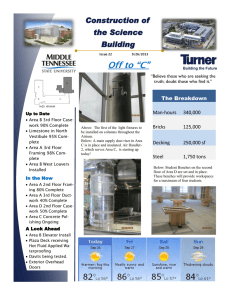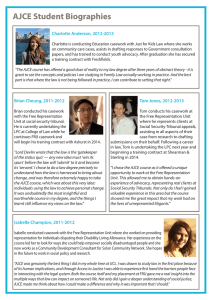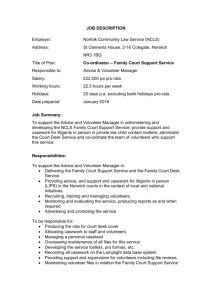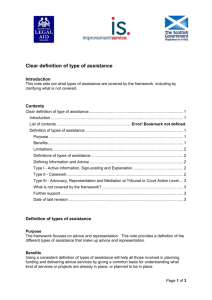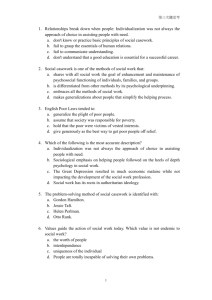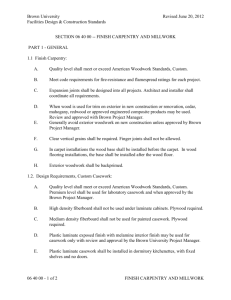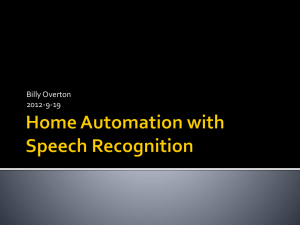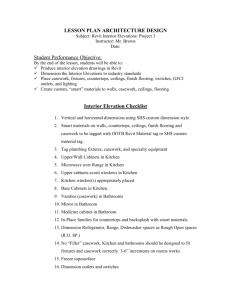Direct Action - WordPress.com
advertisement
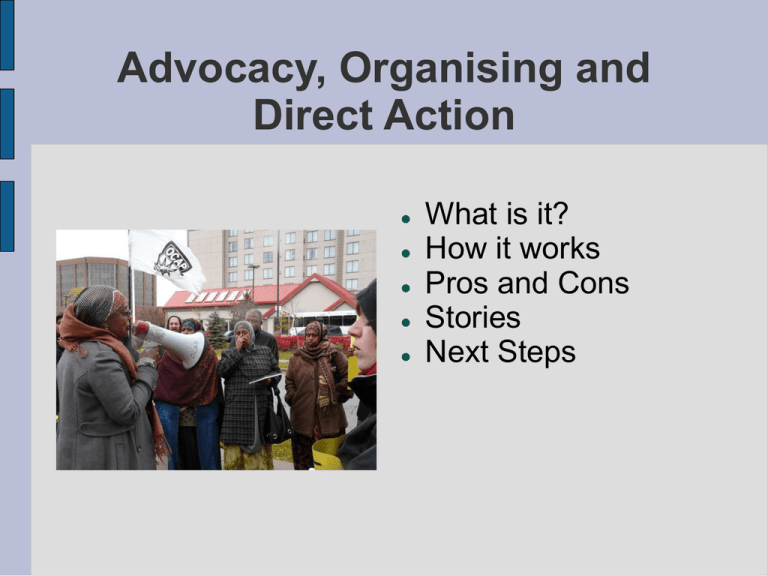
Advocacy, Organising and Direct Action What is it? How it works Pros and Cons Stories Next Steps What is it? Advocacy- Allowing a person to express their needs confidently, and work with them to realize their potential and to fulfil that with others. Direct Action- Immediate disruption if the institutions, actors or processes which oppress working class people, by working class people. Small but growing method of combining Legal work, advocacy with protest and direct action. Individual struggles and collective action. Can be incredibly effective- Welfare services in Toronto have it written into their policy to respond favourably to OCAP complaints. Traditionally abides by 4 principles. 1. To combine legal work with disruptive action 2. Not to duplicate the work of advice agencies 3. To forward political goals but never compromise the interests of those you are working with in the process. 4.To empower those you are working with, rather than simply provide a service. How it Works DAC not just writing letters and disrupting offices but fundamentally about making connections with people and providing support and building a community of people who are struggling against injustices. Casework can be done in many ways, and seems to change from place to place depending on circumstance. Casework team (LCAP model) 1.Person being supported 2.Advocate 3.Action organiser Support- Importance of the advocates supporting each other through the work. Keeping records- Should an advocate not be able to continue with a case, detailed records means other advocates can pick it up later on. Meeting Up- First meeting, introductions, explaining situation Confidentiality Research- In order to figure out what tactics are likely to work, knowing relevant law, entitlements is essential. Planning-Options? What do they want to do? What have they tried? Letter in Support-Give authorities a chance to back down Before the Action- Person supporting happy with the plan, boundaries known, etc During the Action- Briefing before, 'welfare' role, After-Next steps Pros and Cons PROS Opportunity to take collective action around the struggles of every day life, often with those who you wouldn't normally see in a predominantly activist group like ours. Being explicit about intentions of advocacy leading to meaningful involvement in AAAP. Being specific on which casework we take action on can feed into broader campaigns for political change. CONS Can be slippery slope to NGO style advocacy- “radical social workers” rather than comrades in struggle Prone to inundation with casework and organiser burnout Can lead to 'specialisation' of knowledge DA casework easier and more clear with tenancy and workplace struggles Stories Ruby and the Hackney Unemployed Workers Establishing 'Working Relationship' Jane and single mother benefit Un-unionised worker at gas station 'Special Diet' and Raise the Rates campaign Next Steps? Important for us to do the ground work on what our advocacy looks like before we get started. Purpose, language we use, goals, focus Pick something easier in the beginning-importance of victories.
